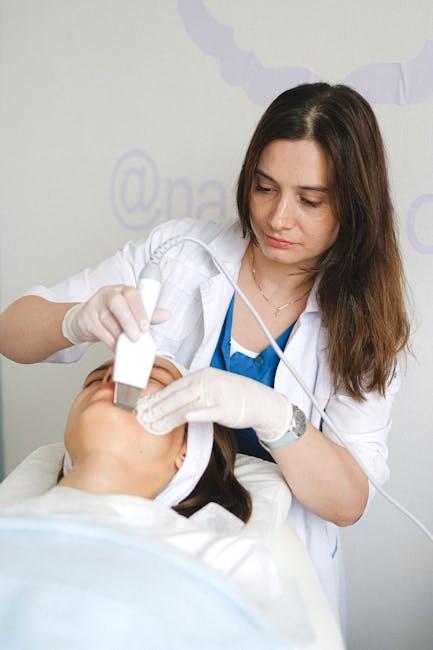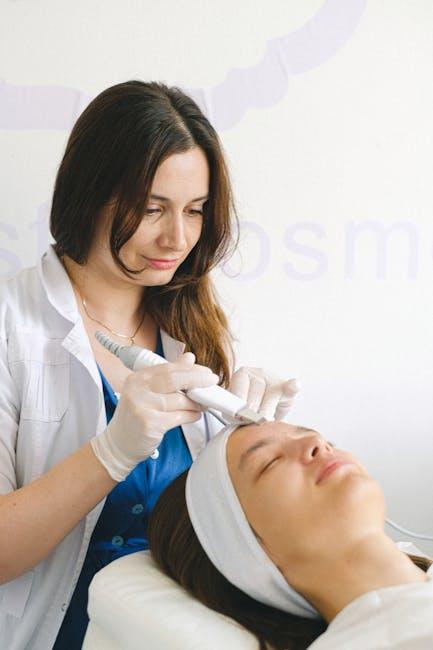
An Evolution in Ultrasonic and Powder Therapy – Dentistry UK
Over the last decade, advancements in dental technology have revolutionised oral care across the UK. Among the most remarkable developments are improvements in ultrasonic therapy and powder therapy, both essential techniques in modern periodontal treatments and dental hygiene. This article explores the evolution of these therapies, their benefits, practical applications, and real-world impacts on dental care practices in the UK.
The Basics: What Are Ultrasonic and Powder Therapy in Dentistry?
Ultrasonic therapy in dentistry primarily involves the use of ultrasonic scalers — devices that emit high-frequency vibrations to remove plaque, tartar, and stains from teeth surfaces. This method offers a less invasive and more efficient alternative to manual scaling.
Powder therapy, frequently referred to as air polishing, utilises a jet of compressed air, water, and specially formulated powders (usually sodium bicarbonate or glycine powder). This method effectively cleans and polishes teeth by blasting away biofilm, stains, and debris, particularly in hard-to-reach areas.
Advancements in Ultrasonic Therapy
In recent years, ultrasonic devices have undergone significant enhancements:
- Precision Technology: Newer ultrasonic scalers come with adjustable power settings allowing dental professionals to customise treatment according to patient sensitivity and plaque severity.
- Less Heat Generation: Innovations in cooling mechanisms reduce heat production, minimising discomfort and preventing damage to tooth enamel and surrounding tissues.
- Ergonomic Designs: Lightweight and ergonomically designed handpieces reduce operator fatigue and improve precision.
- Improved Tip Designs: Tips are now more durable and diverse in shapes and sizes, enhancing access to periodontal pockets and furcation areas.
How Ultrasonic Therapy Benefits Patients
- Faster and more comfortable plaque removal.
- Reduced gum trauma compared to manual scaling.
- Enhanced cleaning of deep periodontal pockets.
- Decreased risk of reinfection due to thorough biofilm removal.
Revolution in Powder Therapy: Air Polishing Innovation
Powder therapy, especially air polishing, has evolved beyond cosmetic cleaning to become a critical component in treating periodontal disease and maintaining implant health.
- New Powder Formulations: Low-abrasive powders like glycine and erythritol powders have been introduced, which are gentler on enamel and soft tissues while maintaining effective cleaning capabilities.
- Targeted Application: Modern devices enable precise control over the powder’s flow and direction, allowing for customised treatment plans.
- Enhanced Safety: Newer equipment minimises aerosol generation — a vital feature in infection control, especially post-COVID-19 pandemic.
Benefits of Powder Therapy in Dentistry UK
- Removes extrinsic stains and subgingival biofilm efficiently.
- Minimally invasive with less discomfort for patients.
- Supports long-term implant maintenance and management of peri-implantitis.
- Quick treatment times reduce patient chair time.
Clinical Case Studies Demonstrating Impact
| Case | Condition | Therapy Used | Outcome |
|---|---|---|---|
| 1 | Chronic Periodontitis | Ultrasonic Scaling + Glycine Powder Air Polishing | Significant reduction in pocket depths, improved gum health within 3 months |
| 2 | Teeth Staining Due to Smoking | Powder Therapy (Sodium Bicarbonate) | Brighter smile, removal of staining, enhanced patient confidence |
| 3 | Peri-implantitis | Ultrasonic Tip Designed for Implants + Erythritol Powder | Reduction in inflammation and pocket depth, implant preservation |
Practical Tips for Dental Professionals using Ultrasonic and Powder Therapy
- Patient Assessment: Always evaluate periodontal status and adjust power settings accordingly.
- Device Maintenance: Regularly service ultrasonic units and clean nozzles to ensure optimal performance.
- Powder Selection: Match the powder type to patient sensitivity and treatment goals.
- Training: Keep up with current best practices and manufacturer training for new devices.
- Infection Control: Use appropriate PPE and aerosol reduction measures during procedures.
Firsthand Experience: Insights from UK Dental Practitioners
Many UK dental clinicians have shared their insights on the positive transformation these therapies bring:
“Ultrasonic devices have improved our ability to reach difficult calculus deposits without causing patient discomfort. Combined with air polishing, we now achieve cleaner surfaces and happier patients.” – Dr. Lucy Bennett, London.
“The introduction of gentler powders has changed the game, especially for patients with sensitive gums or implants. It’s a blend of technology and patient-centred care.” – Simon Clarke, Manchester.
Conclusion: The Future of Ultrasonic and Powder Therapy in Dentistry UK
The ongoing evolution of ultrasonic and powder therapy reflects dentistry’s commitment to improving patient care through cutting-edge technology. As these therapies continue to advance, dental professionals across the UK are better equipped to deliver efficient, comfortable, and effective treatments. For patients, this means healthier gums, brighter smiles, and less invasive dental visits.
If you are a dental professional or patient eager to explore these innovative therapies, consulting with a trusted UK-based dental practice specialising in ultrasonic and powder treatments is the next step towards superior oral health.


